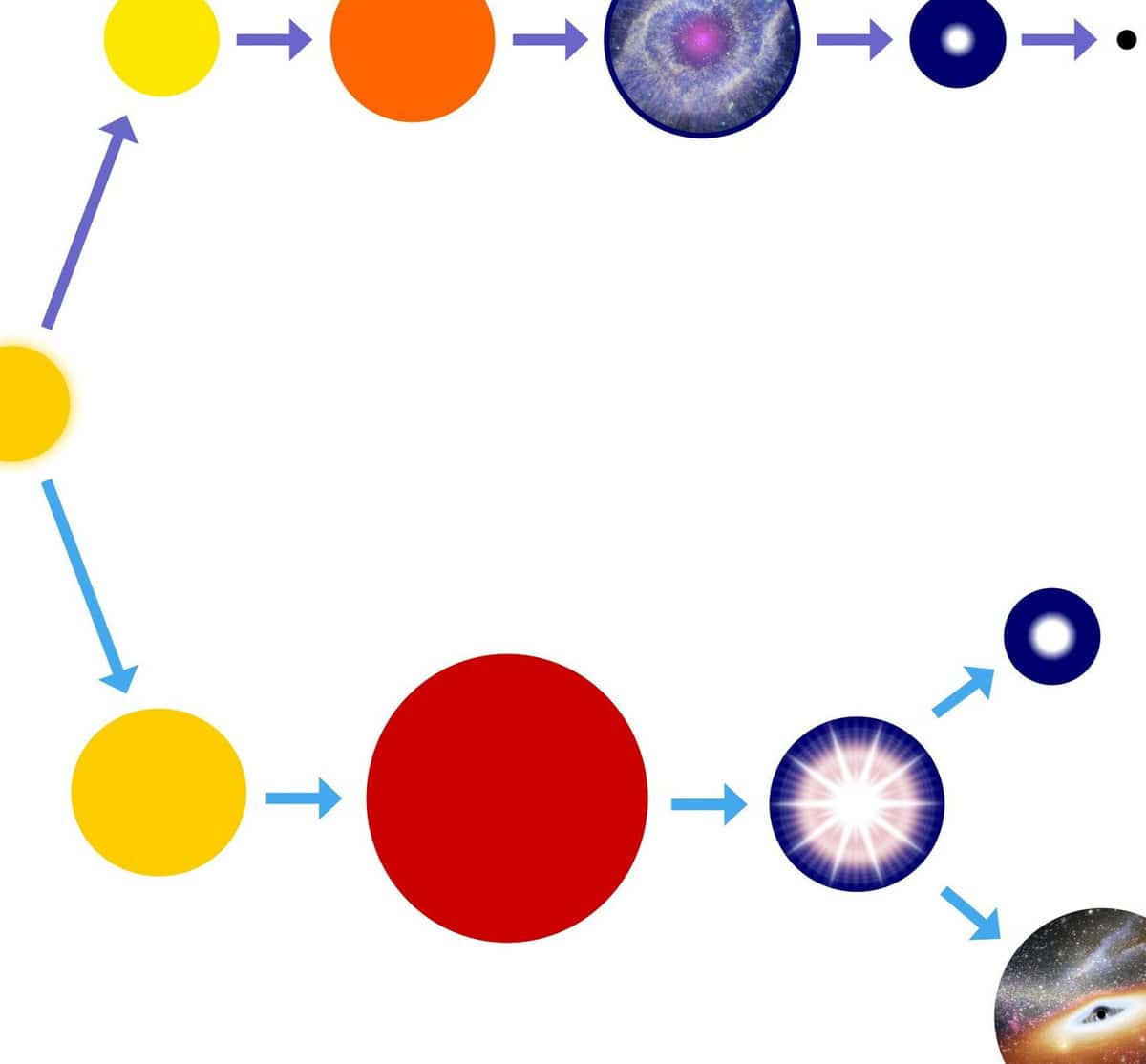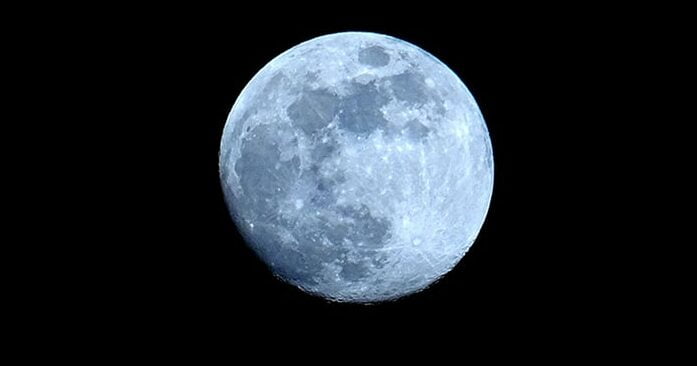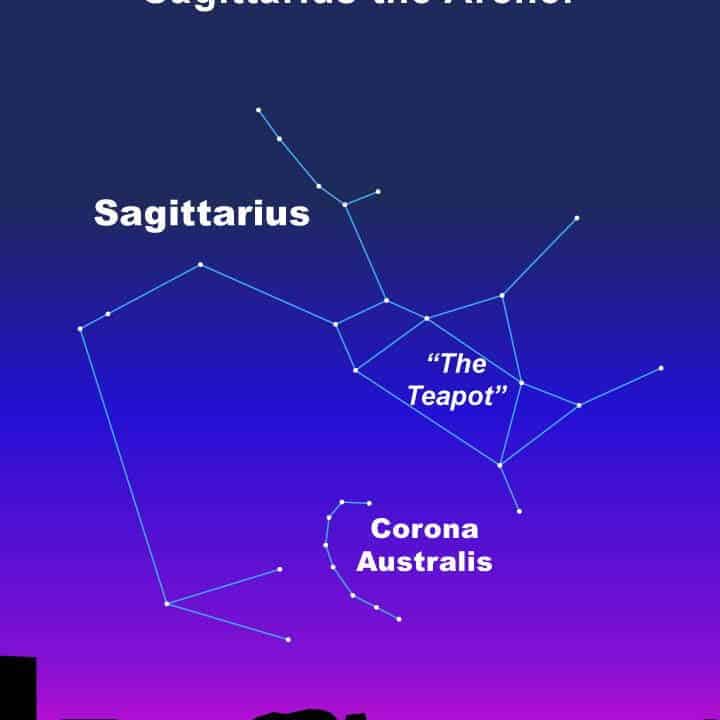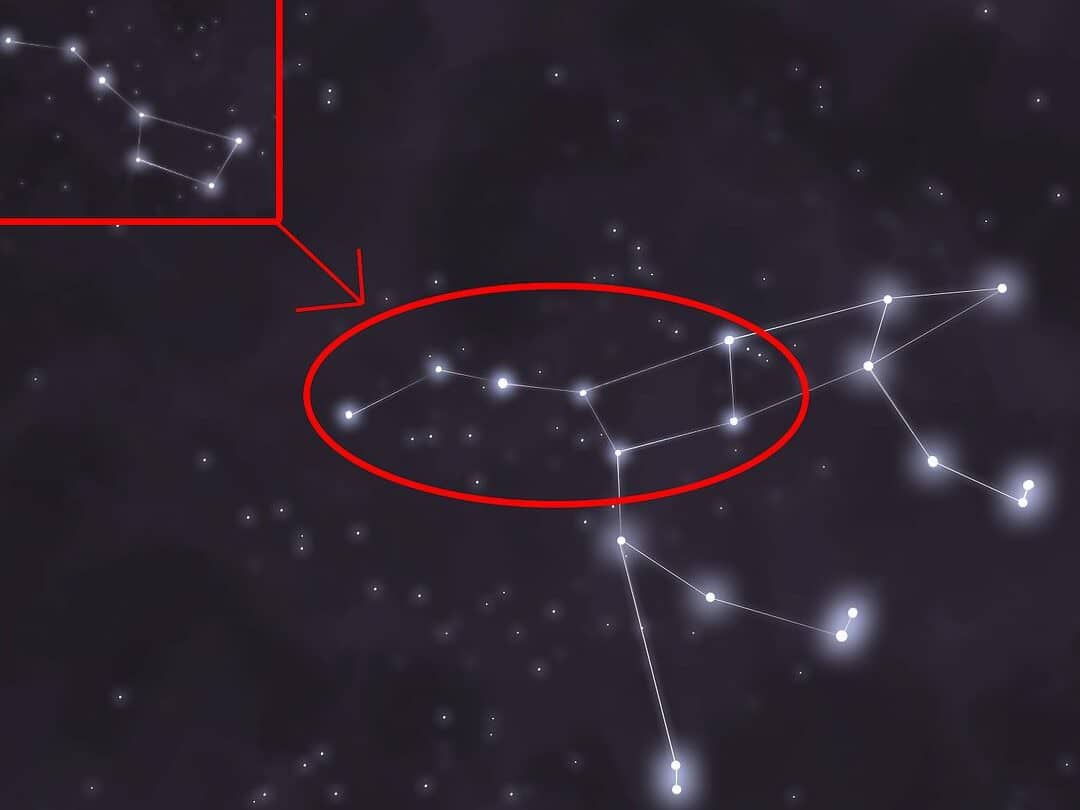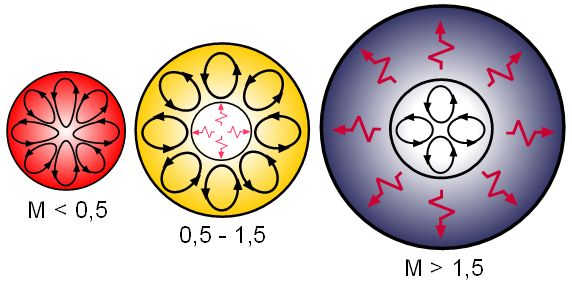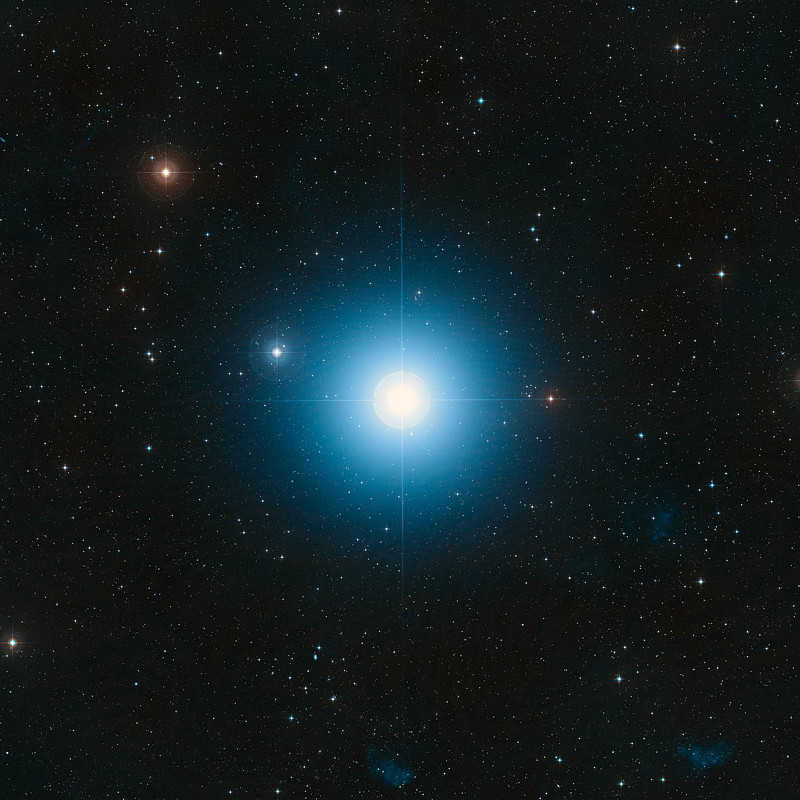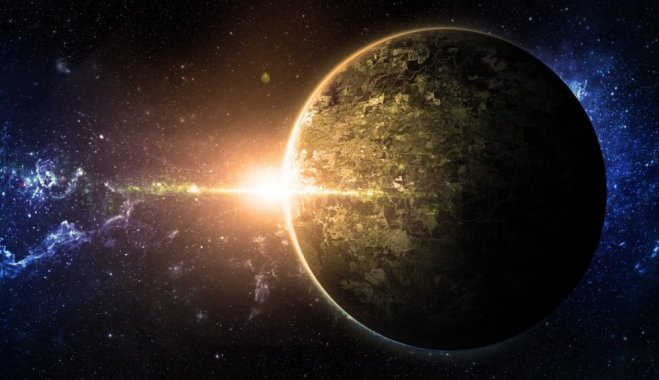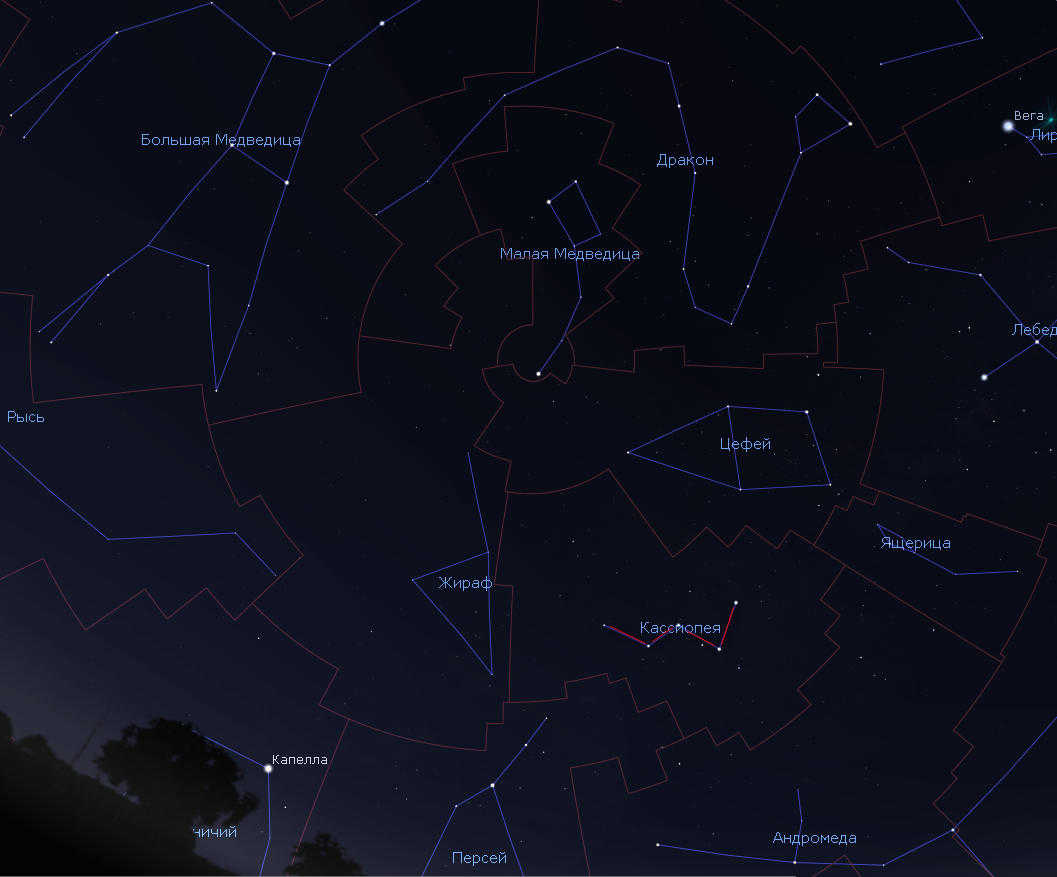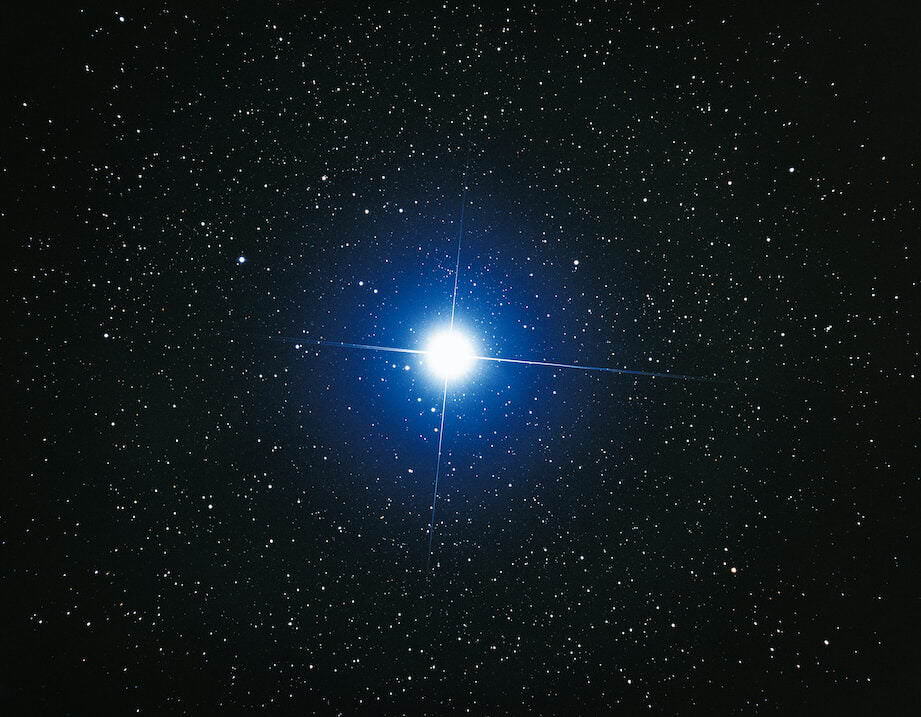
What is the star nearest to the sun called?
The Sun is the solitary star located in the Solar System, encompassing all of its planets, along with their moons and other celestial bodies, even down to the interstellar debris. In terms of mass, the Sun accounts for approximately 99.866 percent of the entire solar system. The Sun is just one out of the 100,000,000,000,000…

